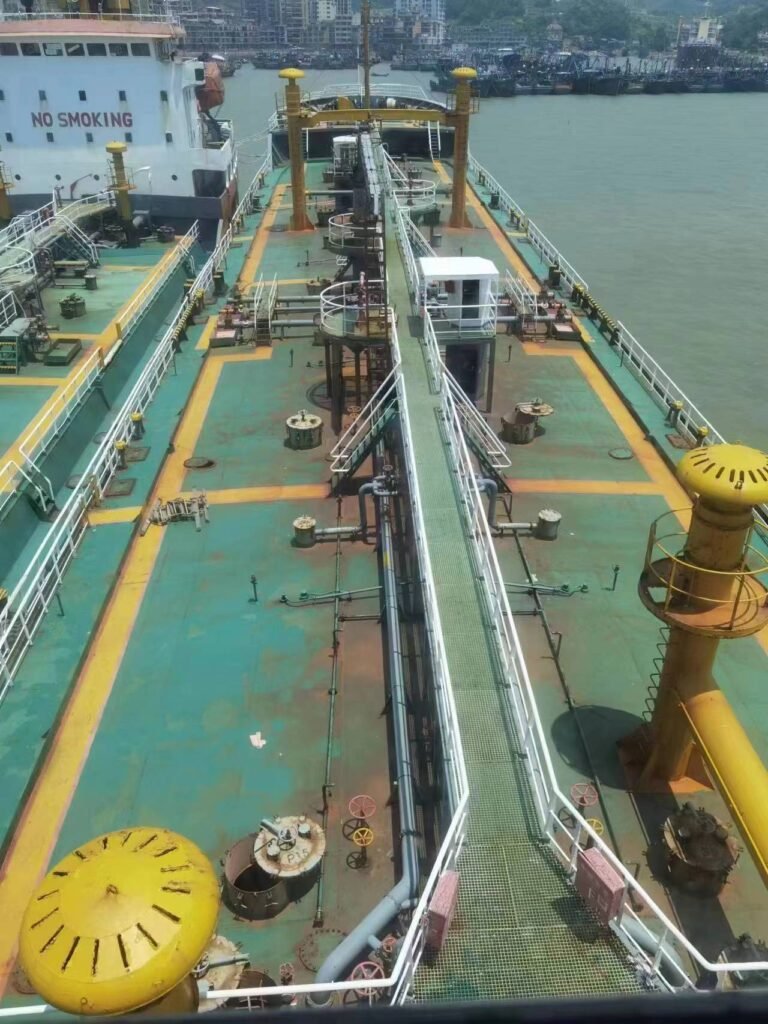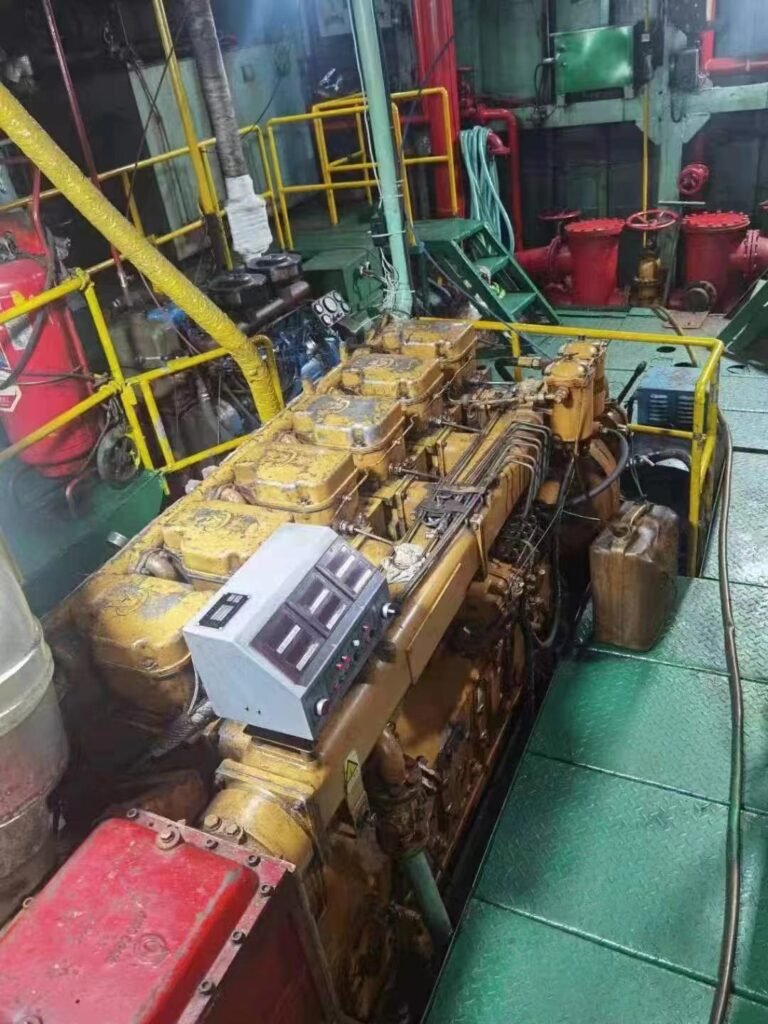Choosing a second-hand oil tanker requires careful consideration to ensure the vessel’s condition, regulatory compliance, and suitability for intended operations. Here are some key steps and factors to consider:
1. Define Requirements
- Size and Capacity: Choose the tanker size that suits your operations (e.g., Aframax, Suezmax, VLCC).
- Cargo Type: Tankers may be designed for specific cargo types (e.g., oil, chemicals, or liquefied gases).
- Operational Area: The vessel should comply with regulations and be fit for the geographical regions you plan to operate in.

2. Conduct a Thorough Inspection
- Hull Integrity: Check for signs of corrosion or repairs, especially in ballast tanks and cargo holds.
- Engine and Machinery: Assess the condition of the main engine, auxiliary engines, pumps, and pipelines.
- Cargo Handling Systems: Inspect cargo pumps, valves, and piping for wear, damage, or leaks.
- Electrical and Safety Systems: Ensure all systems, including alarms, navigation, and communication, are functional.

3. Review Maintenance and Repair History
- Maintenance Logs: Look for regular maintenance and records of past repairs, particularly for critical components.
- Dry-Docking History: Tankers must go through dry-docking every 2-5 years; recent dry-docks with full maintenance work are a good sign.
- Condition Survey Reports: Obtain recent condition or pre-purchase surveys if available.

4. Check Compliance with Regulations
- Class Certification: Ensure the tanker is classed by a reputable classification society (e.g., ABS, DNV, Lloyd’s).
- Regulatory Compliance: Verify compliance with MARPOL, SOLAS, and specific regional regulations (e.g., ballast water treatment and emissions controls).
- Insurance Requirements: Some tankers may need to meet specific standards to qualify for insurance.

5. Evaluate Age and Remaining Service Life
- Age: Tankers often have a service life of 20-30 years, but this can vary depending on the vessel’s upkeep.
- Depreciation and Residual Value: Older vessels may be cheaper but could require more frequent repairs.
6. Analyze Operational Costs
- Fuel Consumption: Older tankers may be less fuel-efficient. Fuel costs are a major operational expense.
- Crew and Maintenance: Factor in the costs for crew, maintenance, spare parts, and repairs.
7. Understand the Market Value and Financing
- Market Trends: Second-hand tanker prices can fluctuate based on market demand, cargo rates, and economic conditions.
- Financing Options: Some buyers use bank financing or leasing; having a financial plan is important.
If you are not familiar with ship valuation, it is highly recommended that you hire a marine surveyor to have your tanker appraised. The surveyor can provide a detailed report that provides insight into the actual condition and fair market value. At the same time, Besqo Marine provides second-hand ships with guaranteed quality and reasonable prices, with many certificates, which can help you solve all the problems you encounter when buying a second-hand ship.

